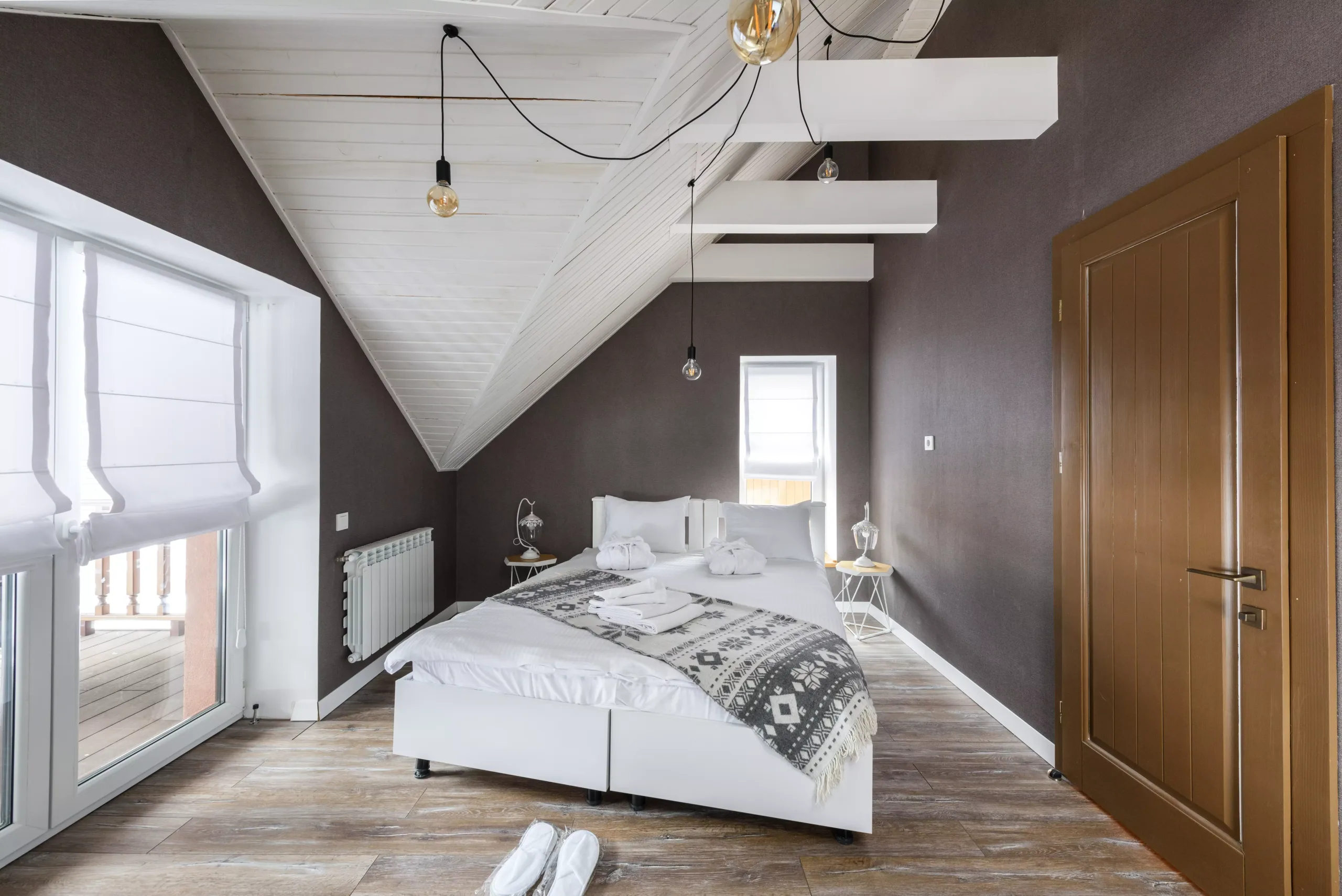Leaded glass doors are a beautiful and traditional feature in many homes, but over time they can become damaged or outdated. If you’re ready to give your entryway a fresh new look, replacing leaded glass in doors is an excellent option. Not only will it enhance the appearance of your home, but it also provides numerous benefits such as improved energy efficiency and increased security. In this comprehensive guide, we’ll walk you through everything you need to know about replacing leaded glass in doors, including how to do it yourself or when to call a professional for help. So let’s get started!
See Also: Startling Facts About Small Business Financing
Why replace leaded glass in doors?
Leaded glass doors are a classic feature that adds character and charm to any home. However, over time, leaded glass can become damaged or outdated, which is why many homeowners choose to replace it.
One common reason for replacing leaded glass in doors is due to energy efficiency. Older leaded glass can be quite drafty and allow air leaks into your home, causing your heating and cooling systems to work harder than necessary. Replacing the old leaded glass with modern insulated glass reduces energy consumption and helps keep your home at a comfortable temperature all year round.
Another reason for replacement could be security concerns. Traditional leaded glass doors often have thin panes of fragile material that can easily break if someone tries to force their way inside. Installing new tempered or laminated safety glasses enhances protection against burglars while keeping you safe from broken shards in case of an accident.
Updating the look of your entryway by replacing old-fashioned leaded designs with newer styles adds value and attractiveness to homes on top of functionality improvements.
Whether it’s for energy efficiency, security reasons or aesthetic purposes – there are plenty of good reasons why you should consider replacing your dated or damaged door’s traditional panes with contemporary alternatives!
What are the benefits of replacing leaded glass in doors?
Replacing leaded glass in doors can be a crucial decision for homeowners. However, it comes with various benefits that make the process worthwhile. One of the primary reasons to consider replacing your leaded glass is safety concerns. Leaded glasses are often brittle and prone to breaking, which could pose a significant danger if shards of broken glass end up injuring someone.
Another benefit of replacing leaded glass in doors is improving energy efficiency. Older types of leaded glasses may not offer adequate insulation, resulting in higher energy bills during extreme weather conditions. Replacing them with modern insulated ones will help keep your home warm during winter and cool during summer.
Replacing your old or damaged door’s leaded glass also enhances curb appeal while increasing property value. A new stained or frosted-glass design can give an elegant finish look that creates an impressive first impression on visitors and potential buyers as well.
You’ll have peace of mind knowing that your new replacement for the door’s leaded glass will last longer since they’re made from durable materials designed to withstand harsh weather elements without cracking or fading quickly like older models would do over time.
How to replace leaded glass in doors?
Replacing leaded glass in doors can be a daunting task, but with the right tools and technique, it is possible to do it yourself. First, you will need to remove the old glass from the door frame by carefully prying it out with a flathead screwdriver or putty knife. Be sure to wear gloves and eye protection as broken glass can be hazardous.
Next, measure the dimensions of your door opening accurately so that you can purchase a piece of replacement leaded glass that fits perfectly. You may also want to consider adding some weather-stripping around the edges of the new glass for added insulation.
Once you have your replacement piece of leaded glass and weather stripping ready, carefully insert it into the door frame. Use glazing points or clips to secure the new glass in place before applying window glaze around its edges for extra support.
Allow enough time for the glaze to dry completely before painting over it if necessary. With these simple steps, replacing leaded glass in doors can be an achievable DIY project!
Cost of replacing leaded glass in doors
When it comes to replacing leaded glass in doors, cost is obviously an important factor. The cost of replacement can vary depending on a number of factors such as the size and complexity of the door, the type and quality of glass you choose, and whether you do it yourself or hire a professional.
If you decide to go with a professional installation, expect to pay more for labor costs. A reputable contractor will give you an estimate based on measurements taken during an initial consultation. They may also recommend specific types of glass that meet your needs but come at a higher price point.
Keep in mind that if you decide to replace the leaded glass yourself, there are additional costs associated with purchasing tools and materials needed for installation. It’s important not to cut corners when it comes to safety, so investing in proper equipment will ensure the job is done correctly without any injury or damage.
Ultimately, while cost is certainly an important factor when considering replacing leaded glass in doors, remember that this decision should be primarily based on ensuring safety and enhancing aesthetics rather than solely focusing on financial considerations.
Do-it-yourself or professional installation?
When it comes to replacing leaded glass in doors, you have the option of doing it yourself or hiring a professional. If you’re handy with tools and have experience with DIY projects, replacing your own leaded glass might be an appealing option. However, there are some important factors to consider before tackling this project on your own.
Firstly, installing glass requires precision and care. A single mistake can cause damage that will compromise the strength and security of your door. It’s also important to ensure that the new glass fits securely into the frame without any gaps that could allow drafts or moisture into your home.
If you decide to go down the DIY route, make sure you research thoroughly beforehand and follow instructions closely. Be prepared for potential setbacks like broken glass or difficulty fitting the new pane into place.
On the other hand, if you don’t feel confident in your ability to replace leaded glass yourself, hiring a professional is always an option worth considering. A skilled installer will have experience working with different types of doors and frames and will be able to complete the job quickly and efficiently without risking any further damage.
Ultimately, whether you choose DIY or professional installation depends on your level of skill and comfort with taking on such projects as well as how much time you’re willing to invest in completing this task properly.
Conclusion
Replacing leaded glass in doors may seem like a daunting task, but with the right tools and information, it can be done smoothly. The benefits of replacing leaded glass are significant, including increased energy efficiency and improved aesthetics.
If you’re on a budget, there are cost-effective options available for replacing leaded glass in doors. However, if you don’t have experience with DIY projects or feel overwhelmed by the process, hiring a professional is always an option.
Ultimately, choosing to replace your leaded glass will enhance your home’s appearance and increase its value. By following the steps outlined in this comprehensive guide alongside consulting professionals when necessary – making this change could be one of the best decisions you make as a homeowner!



